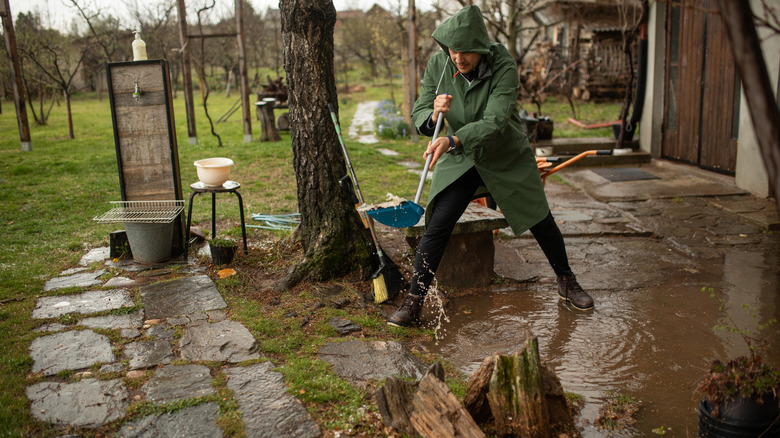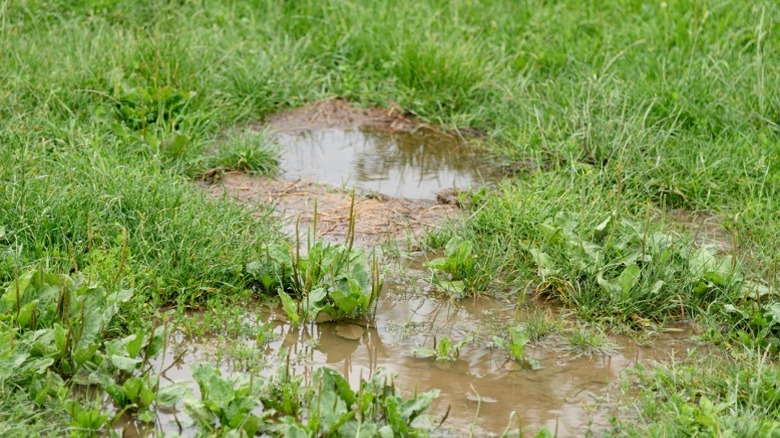How Simple Storm Water Can Wreak Real Havoc On Your Yard
A heavy rainfall might not be your worst nightmare, especially if it's unaccompanied by high winds or hail. However, the stormwater that accumulates in and around your property can create unexpected chaos for your yard. All that water from a recent heavy storm might be too much to effectively soak into the ground, and is commonly referred to as stormwater as it gushes in streams through your garden. Even melting snow can result in a stormwater problem. It can wreak both short-term and long-term havoc directly on your yard, including flooding and extensive erosion.
A major cause of damage from excessive stormwater is rapid flooding. Too much rainfall in a short time can lead to a rapid accumulation of water that has nowhere to drain or run off. This flooding at the very least drowns vegetation, but can also wash away portions of your garden. Plus, even in cases where the stormwater does not accumulate, it often runs off the lawn and takes with it soil and other materials it picks up. This damage can be invisible to the naked eye, because the erosion process happens very gradually. For this reason, many homeowners look into smart solutions to prevent erosion in their yard from overflowing stormwater. But while you can find ways to restore a muddy lawn to its former glory, other damage can be more difficult to rectify.
Short and long-term impacts of stormwater damage
The short-term impact of stormwater is readily apparent. Immediately following a storm with pouring rains, you might see areas of your yard that are totally or partially submerged. This often occurs due to poor drainage. Areas that flood become messy and muddy, and you or your pets cannot comfortably navigate the space. But while the flooding and standing water eventually recede, it's the long-term impact that you need to keep an eye on. Stormwater runoff picks up sediments as it moves through your yard. Over time, your yard can develop serious drainage issues as topsoil is removed by rushing stormwater. Erosion also slowly ruins the quality of your soil by taking the nutrients off the top.
Other long-term effects of stormwater in yards may not be so obvious. Erosion can occur slowly until you truly start to notice issues. For example, stormwater can erode underneath driveways or other paved surfaces until they start to sink or even wash away. Persistent drainage issues accompanied by heavy rainfall can also lead to a mosquito problem due to standing water following severe storms. Before you see any of these long-term impacts to your yard, you might want to think about investing in the best stormwater drainage solutions for your home, such as installing effective drains or creating a rain garden. Ultimately, you want to avoid the real havoc and chaos of stormwater damage with prevention and good management.

